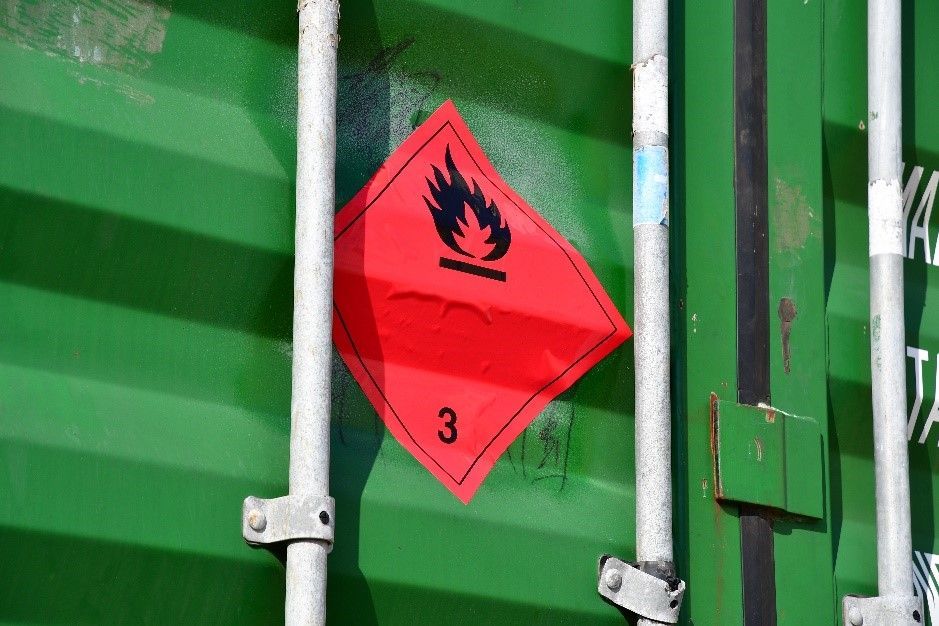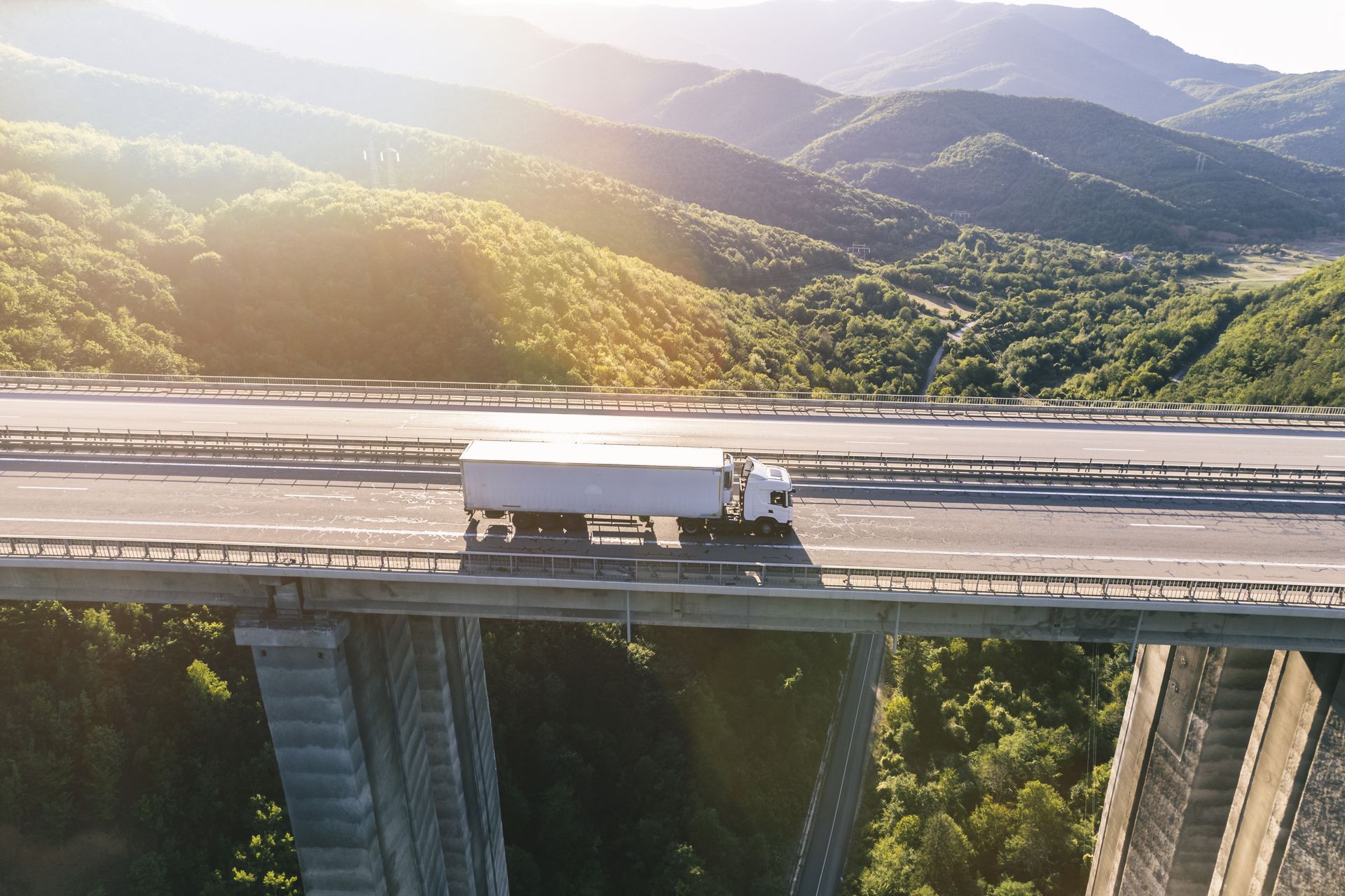What considerations to have when transporting dangerous goods?
The trade of transporting dangerous goods requires meeting specific safety and regulatory conditions. In all countries there are standard regulations for international transport, and there may be some variations for internal transport.
Whether air, sea or land, it is essential for the proper functioning of any business to comply with the regulations. Likewise, it is important to have the support of experts in the field.
Considerations for transporting dangerous goods
To transport dangerous goods we need, first of all, to know what is considered dangerous goods by International Legislation. The main body that provides these definitions is the United Nations (UN).
Additionally, there is a specialized agency through which regulations concerning the transport of dangerous goods have been issued. This is the United Nations Economic Commission for Europe (UNECE).
What are dangerous goods?
Dangerous goods are considered to be any element or substance that may represent a risk to health, safety or property. The UNECE provides a list of 9 categories of dangerous substances that require special types of containers or packaging. This is the first fundamental element that we must take into account when transporting dangerous goods . Among them we have:
- Explosive substances and objects.
- Gases compressed, refrigerated, liquefied or dissolved under pressure.
- Flammable liquids.
- Flammable solids.
- Organic oxides and peroxides.
- Toxic substances and infectious agents.
- Radioactive materials.
- Corrosive substances.
- Others, such as substances at high temperatures or harmful to the environment.
Each of these categories is subdivided into groups. Each of these groups receives a classification and a UN number according to its level of hazard . Later, they are classified according to the type of packaging they require.
Regulations for transport
Once the classification of the object or substance is known, it can be considered by what means the dangerous goods w ill be transported . The characteristics of each and its specific containment needs will be more or less suitable for each mode of transport.
In any case, an orange notice containing the number of the substance must always be displayed in whatever form it is used. The only exception to this rule applies to packaged goods other than explosives. Moreover, the packaging always depends on who carries out the transport.

Marine transport
The maritime transport modality presents mainly 3 types of specific challenges when it comes to transporting dangerous goods . According to the Cargo Incident Notification System (CINS), most maritime incidents occur because of leaks, spills, or misrepresentations.
Probably the most difficult mode of transport to control, due to its huge extension, is maritime . In this sense, it is important to comply with all legal requirements and have an adequate transport company. Particularly in Mexico, there is a low level of training on this topic.
Air Transport
Regarding air transport, the International Air Transport Association (IATA) has defined the regulations for transporting dangerous goods . In general, most substances can be transported as long as they meet certain criteria.
However, there are substances that have been considered too hazardous to be transported by air at all. Such is the case, for example, of the chemicals needed to make water drinkable for human consumption.
There are also substances that are normally prohibited, except for some exceptional cases and conditions. Generally, it is very important to follow the packaging and safety instructions because air transport itself can constitute a risk.
Therefore, elements such as lithium batteries, electronic equipment or flammable liquids are of special attention in the case of transporting dangerous goods by air.
Ground transportation
Of all the modes of transport, probably the safest and most reliable is still by road . It lacks other benefits that other modes can offer, such as the speed of transport or the quantity of the load.
However, it is still the most widely used intercontinental method. The first 2 modalities are applied mainly to transcontinental transport, so the destination is an important factor to take into account.
Additionally, it is important to have experts in the handling of dangerous materials when choosing a transportation service. Looper offers several logistics solutions to be able to transport dangerous goods with confidence.
Safety and compliance with regulations
The most important aspects to take into account when transporting dangerous items are strict compliance with current regulations and safety criteria. We hope that this brief review will help shed some light on this very important subject.
The post What considerations to have when transporting dangerous goods? first appeared on LOOPER.
Loopering










